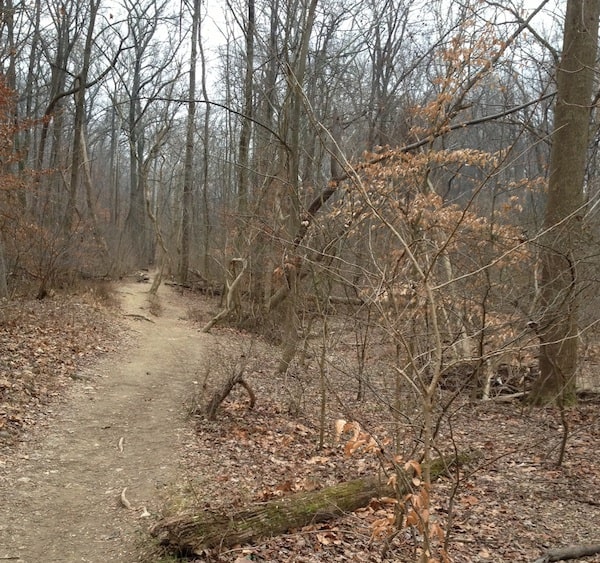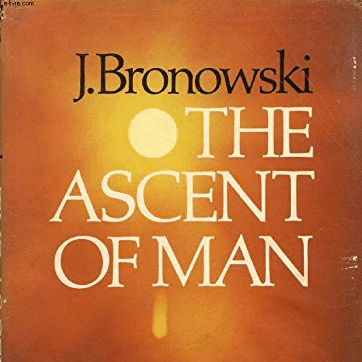
I launched this site during the period sometimes referred to as the “golden age of blogging”: the years from 2003 to 2009 when independent, inexpensive to run, sometimes highly-influential blogs threatened to upend the world of traditional media. By 2010, however, that cultural energy had been redirected toward a new form of online expression that had become recently ascendent: social media.
What explains this shift? A common explanation is simplicity and cost: it’s easier to setup a Twitter account than a WordPress server, and the former is free. I’ve never felt, however, that this provided a full explanation. There were, at the time, many services that allowed you to simply setup a blog and host it for free, and if the demand had been there, these services could have significantly increased their scale and features.
It’s also worth remembering, as Jaron Lanier pointed out in his 2010 manifesto, You Are Not a Gadget, that social media offered an impoverished means of expression as compared to an open-ended blog. Services like Facebook, he noted, force you to discretize yourself into checkbox selections and binary nods toward content you “like.”
So what then explains why social media became the new default method for internet expression? In Deep Work, I point to an often overlooked contributing factor: attention.




